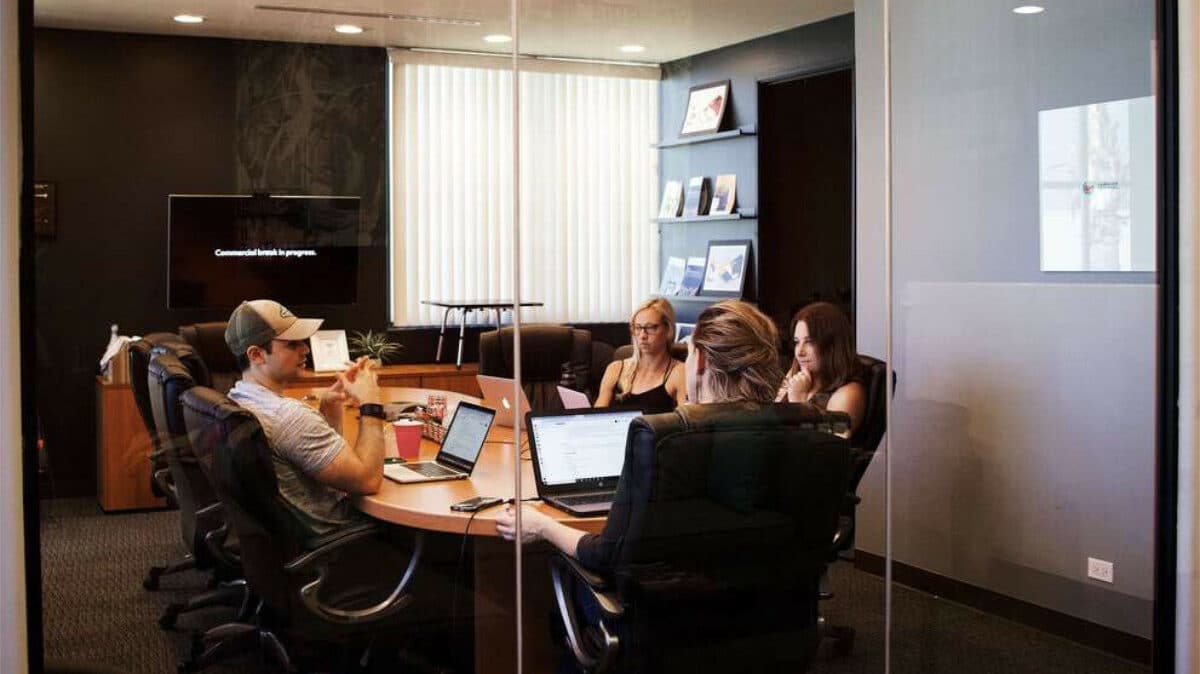While SME revenue and profit indicators are still strong, uncertainty about the local and global economy and continued cost constraints are a growing concern. As a result, business investment will probably slow down as we get closer to the holiday season, according to ACA Research Managing Director James Organ.
Data on SME revenue has been reliable for four months running. While many SMEs continue to operate with lower revenues (33 per cent) than they did prior to the pandemic, the percentage making a profit (54 per cent) continues to rise, continuing the upward trend that started in February.
The short-term outlook is also highly positive, with 31 per cent anticipating higher revenues over the next four weeks and only 6 per cent anticipating a decrease. The confidence in the state of the economy has once again declined during the previous month, even though the major financial indicators are still very healthy.
Over the next three months, 52 per cent of Australians anticipate weaker conditions, while 58 per cent anticipate a drop in world economies. SMEs with growth expectations for the next 12 months have again decreased from 43 per cent in August, keeping with a worsening economic climate.
In particular, the rising cost of gasoline, which is currently very troubling for 54 per cent of SMEs as the fuel levy is reinstated, has a demonstrable impact on confidence. SMEs are starting to cut investment as cost pressures and declining confidence worsen; during the next three months, over 20 per cent of enterprises plan to cut back on marketing and capital equipment spending.
No confidence
The report also reveals that SMEs still have little confidence in the new Labor government’s capacity to implement efficient policies that meet their demands. Large SMEs (100–500 employees) and the hospitality industry show the strongest negative trend.
Continuous cost pressures have a significant influence on confidence, and 54 per cent of SMEs find the rising cost of fuel to be particularly worrisome now that the fuel duty has been reinstated. Positively, there is a continued drop in worries about staff shortages and salary costs.
The percentage of SMEs with open positions fell from 35 per cent in July to 30 per cent in September, indicating a moderate downward trend in those increasing staff numbers.
Despite fewer available positions, hiring is becoming more challenging, with 57 per cent of SMEs expressing considerable difficulty filling these roles. In September, high wage demands (44 per cent) and a scarcity of suitable candidates (69 per cent) rose.
Over the next three months, over 20 per cent of SMEs plan to cut back on marketing and capital equipment expenditures. The need for extra financing has also risen from its August low, with demand for working capital and equipment financing particularly strong.
About ACA research
Each month, the SME Sentiment Tracker, run by ACA Research, a top business market research agency in collaboration with Ovation, tracks the sentiment of more than 400 small and medium-sized businesses.
Please click on this link to access the full report , including subgroup analysis by industry sector, size of business and State.
Keep up to date with our stories on LinkedIn, Twitter, Facebook and Instagram.

